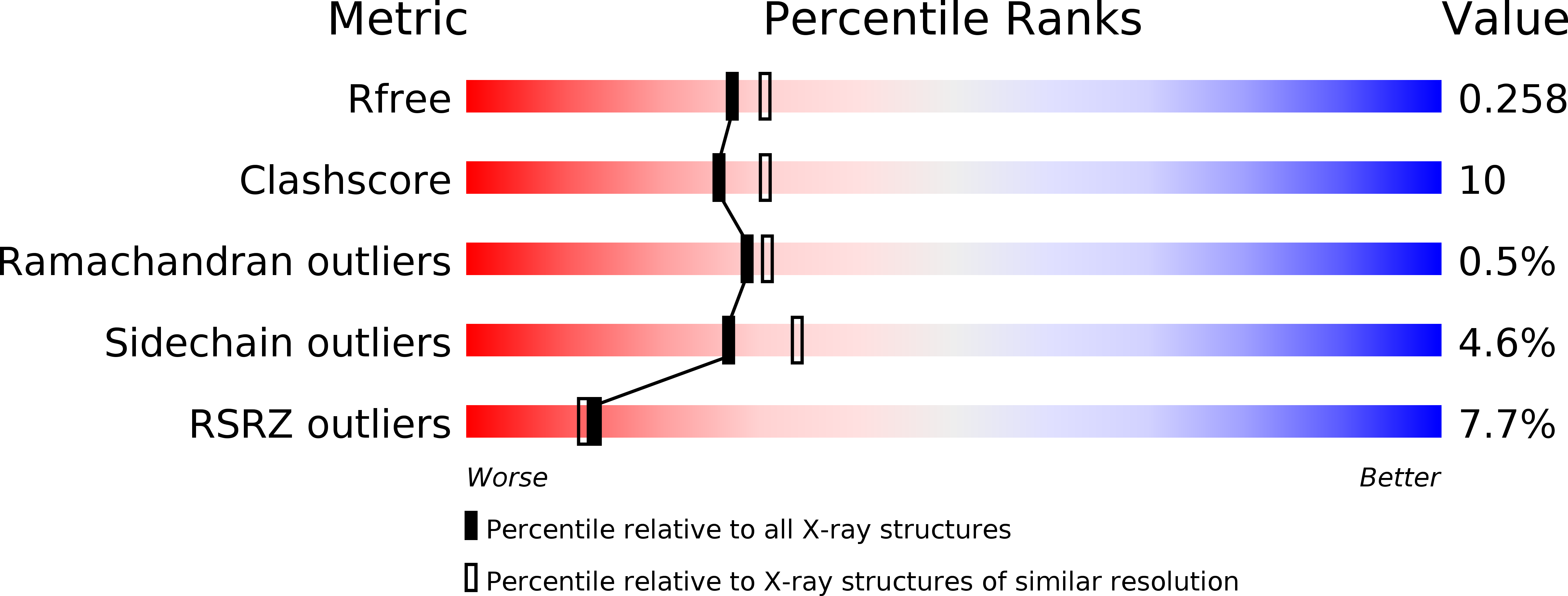
Deposition Date
2010-04-08
Release Date
2010-09-29
Last Version Date
2023-11-01
Entry Detail
PDB ID:
3AGW
Keywords:
Title:
Crystal Structure of the Cytoplasmic Domain of G-Protein-Gated Inward Rectifier Potassium Channel Kir3.2 in the absence of Na+
Biological Source:
Source Organism:
Mus musculus (Taxon ID: 10090)
Host Organism:
Method Details:
Experimental Method:
Resolution:
2.20 Å
R-Value Free:
0.23
R-Value Work:
0.19
R-Value Observed:
0.19
Space Group:
I 4 2 2


